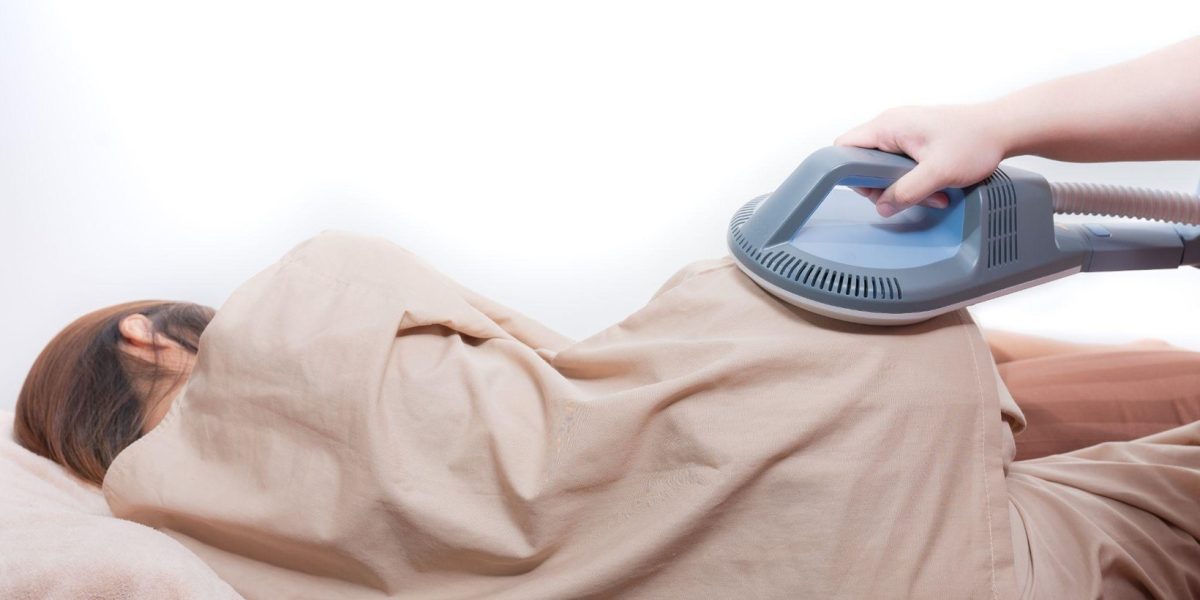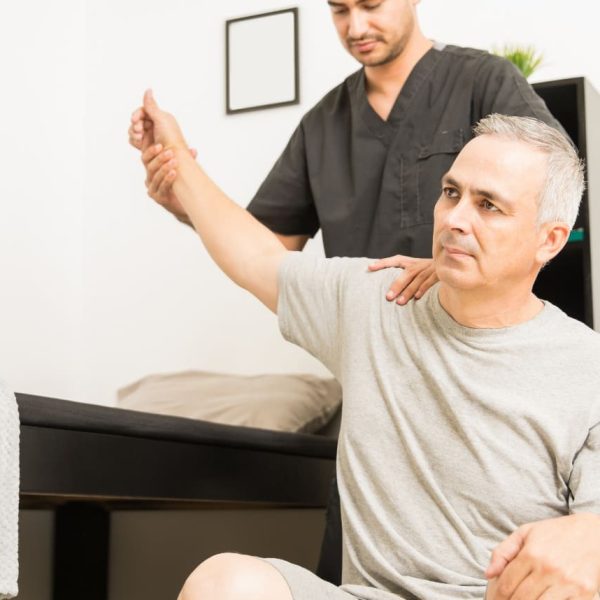Introduction
The knee joint consists of the thigh bone, shin bone and patella. Additionally, it contains essential components such as cartilage and synovial fluid, which facilitate movement. The ligaments around the knee, including the anterior cruciate ligament (ACL) and the posterior cruciate ligament (PCL), help stabilize the knee, while the menisci act as shock absorbers, absorbing and distributing forces from body weight.

Symptoms
- Acute Pain: Pain occurs immediately after an injury, such as a fall or during impact sports.
- Chronic Pain: Pain persists over time and may occur intermittently.
- Pain with Swelling: The knee may swell and exhibit color changes.
- Pain with Stiffness: Description: Stiffness or difficulty moving may be felt in the morning or after prolonged sitting.
- Pain with Noise: Description: A clicking or popping sound may be heard or felt in the knee.
Causes
Knee pain can arise from various causes, each with unique characteristics and treatment approaches. Here are the main causes of knee pain:
- Osteoarthritis Wear and tear of knee cartilage, leading to direct bone-on-bone contact.
- Rheumatoid Arthritis Chronic inflammation due to an autoimmune response affecting the knee joint.
- Knee Injuries:
- ACL Tear: Injury to the ligament that stabilizes the knee.
- Meniscus Tear: Injury to the cartilage that cushions the knee.
- Muscle or Tendon Injuries: Such as tendonitis or ligament tears.
- Infections in the Knee (Septic Arthritis) Infection caused by bacteria, viruses, or fungi in the knee joint.
- Fluid Accumulation in the Knee (Effusion) Fluid buildup in the knee due to injury, inflammation, or other conditions.
- Injuries from Falls or Accidents Injuries from accidents such as falls from heights or impact.
- Overuse Injuries or Repetitive Motion Heavy labor, repetitive movements, or improper posture.
- Other Related Conditions:
- Gout: Accumulation of uric acid in the knee leading to inflammation.
- Pseudogout: Accumulation of calcium salts in the knee.
- Patellofemoral Pain Syndrome Abnormal movement of the patella and knee joint motion.
- Other Conditions: Hemarthrosis: Accumulation of blood in the knee due to injury.
Physical Therapy Treatments
1. Strengthening Exercises:
1.1. Exercises like leg raises, squats and knee-specific resistance training.
1.2. Functional exercises to enhance daily activity performance.
2. Stretching Exercises:
2.1. Stretching exercises to improve flexibility, such as quadriceps, hamstrings and calf stretches.
3. Heat and Cold Therapy:
3.1. Cold Therapy: Ice packs to reduce inflammation and swelling. 3.2. Heat Therapy: Heat packs to relieve tension and enhance blood circulation.
4. Electrical Stimulation (ES):
4.1. TENS (Transcutaneous Electrical Nerve Stimulation) to alleviate pain and improve blood flow.
5. Ultrasound Therapy (US):
5.1. Enhancing blood circulation and relieving pain.
6. Peripheral Magnetic Stimulation (PMS):
6.1. Reducing pain and relaxing muscles.
7. High Power Laser Therapy (HPLT):
7.1. Improving blood circulation and alleviating pain.
8. Posture and Movement Training:
8.1. Gait Training: Learning proper walking techniques.
8.2. Postural Training: Training for good sitting, standing, and walking posture.
9. Assistive Devices:
9.1. Orthotics: Insoles to support the knee.
9.2. Knee Braces: Supports to stabilize the knee.
10. Range of Motion Exercises:
10.1. Exercises aimed at maintaining flexibility.
Frequently Asked Questions
Why does knee pain occur only at night?
The recovery time from hip pain can vary based on the underlying cause, severity, and treatment methods used. Here’s an overview of recovery timelines based on common causes:
1. Knee Inflammation (Arthritis):
1.1. Osteoarthritis: Pain may worsen at night due to daytime wear and tear, causing increased discomfort when at rest.
1.2. Rheumatoid Arthritis: Symptoms may worsen at night as inflammation tends to increase during rest periods.
2. Overuse Injuries:
2.1. Patellofemoral Pain Syndrome: Knee pain due to overuse may feel worse at night due to lack of movement.
3. Swelling and Fluid Accumulation:
3.1. Effusion: Fluid buildup can lead to discomfort and pain worsening at night.
4. Temperature Changes:
4.1. Fluctuations in temperature, such as cooling at night, may exacerbate knee pain.
5. Improper Sleeping Position:
5.1. Sleeping in an uncomfortable position or on a hard surface may worsen knee pain.
6. Muscle and Tendon Issues:
6.1. Tendinitis: Inflammation of the tendons around the knee may worsen with inactivity at night.
7. Stress and Tension:
7.1. Stress can heighten the perception of pain during quiet periods, like nighttime.
8. Prolonged Inactivity:
8.1. Long periods of immobility while sleeping may cause tightness and pain around the knee joint

